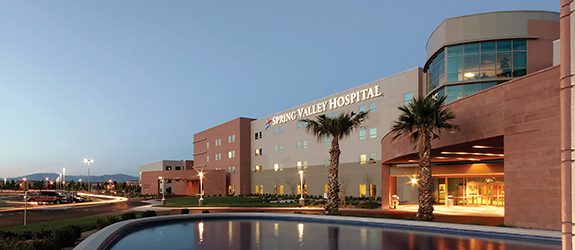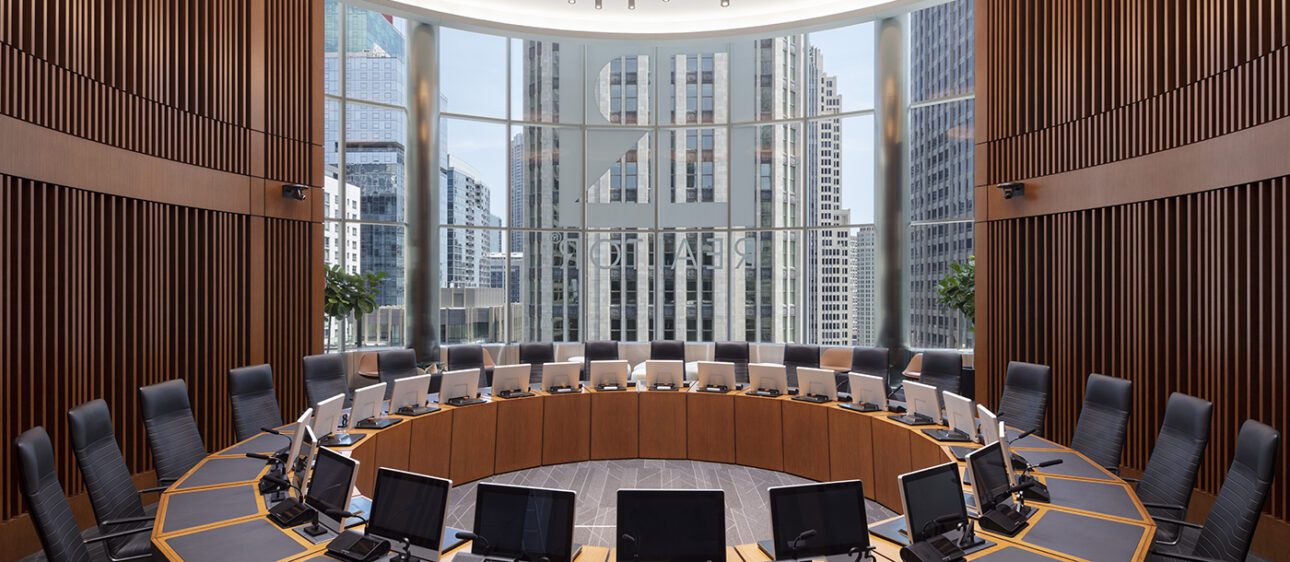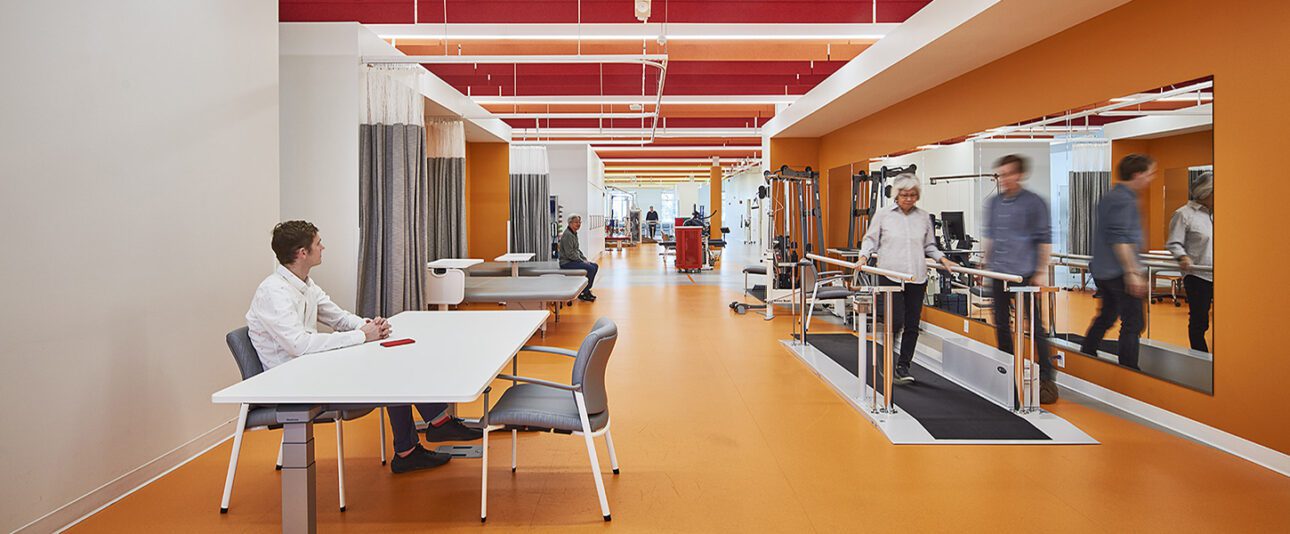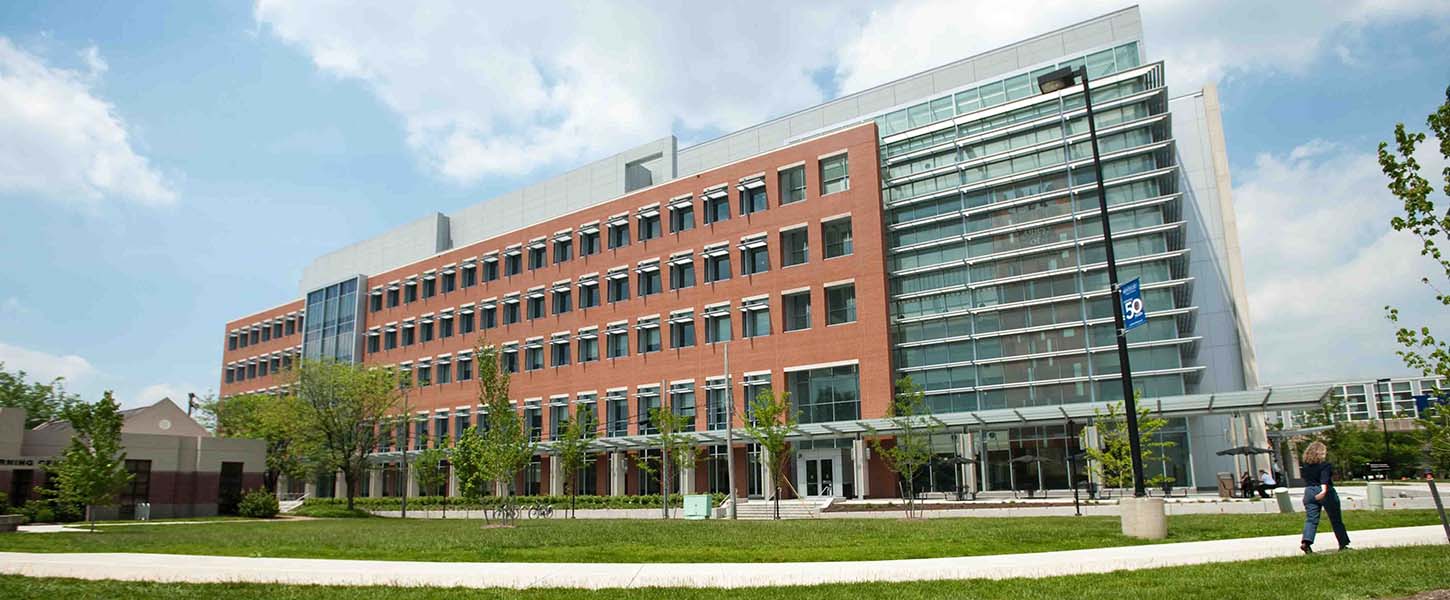Spring Valley Hospital Medical Center’s systems include three electric centrifugal chillers (two constant speed, one variable); three variable speed cooling towers; three dedicated condenser water pumps; a plate-and-frame heat exchanger; two air-cooled operating room air-handling units and one hybrid OR AHU; 24 other major AHUs (all rooftop units); two natural gas-fired hot water boilers; two variable volume secondary hot water pumps; two steam boilers; and two heat exchangers serving the domestic hot water system.
GBA reviewed the chiller plant, boiler plant, and each AHU to determine existing sequences of operations and identify energy saving measures. Selected measures are summarized below:
- AHU optimization: DAT reset, static pressure reset, economizer optimization, VAV and fan-coil unit scheduling, and building pressurization control. (Shown above: Economizer changeover setpoint for an AHU increased to the ASHRAE-recommended outdoor air temperature of 75°F; graph shows damper modulation based on outdoor air temperature.)
- Chilled water optimization: Condenser water temperature reset, chilled water supply temperature reset, secondary chilled water pump differential pressure reset, and pumping and heat exchanger modifications, including replacing/upsizing the plate-and-frame free cooling heat exchanger and installing a variable frequency drive to control flow through the heat exchanger.
- Boiler plant optimization: Hot water pump differential pressure reset.
Several operations and maintenance issues were also identified and corrected, including VAV box sensors that were no longer operating properly. MBCx and EIS platforms were launched, allowing continuous monitoring and review of repetitive data. Continued monthly review has provided monitoring support of the persistence of the implemented measures — an especially useful tool when systems were manipulated to support pandemic response.
The project met the UHS corporate goal of reducing HVAC energy costs by 20%; the bundled simple payback was 4.4 years, including an electric utility incentive of more than $55,000. Electrical savings for implemented measures were calculated at more than 1.11 million kWh, and natural gas savings were 25,000 therms, for a total combined cost savings of $97,700/year. Final verified utility savings were determined to be 120% of the calculated savings for electricity and 125% for natural gas. Estimated equivalent tons of CO2 saved were 793.



